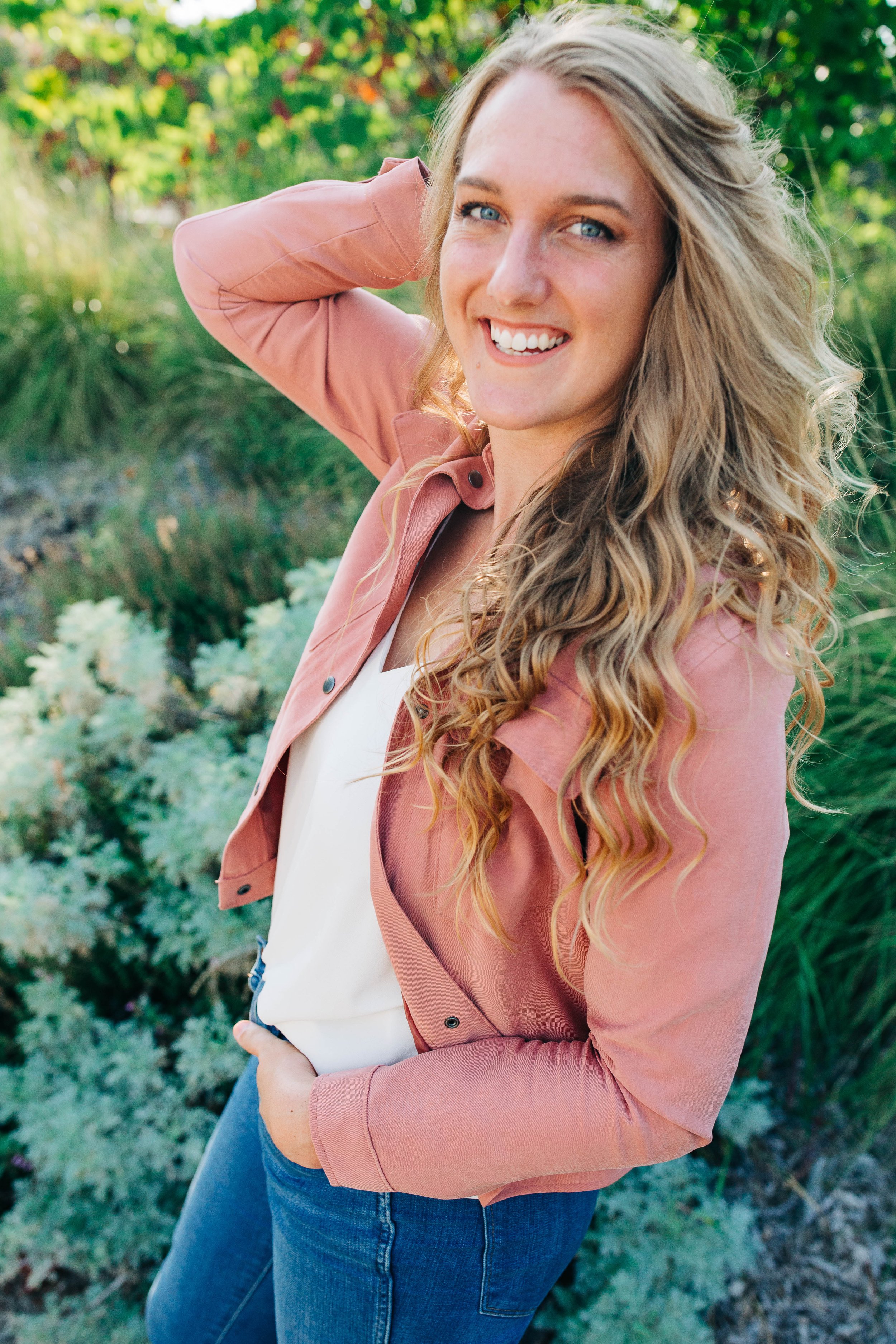Bree Stevens
“Looking back on my childhood sexual trauma, I needed encouragement to refrain from embracing an LGBTQ identity.”
Growing up in a predominantly male home was difficult for me. I felt a void because my need for motherly and feminine affirmation wasn’t met in relatable ways. I observed the women in my family being diminished and silenced. Yet because I was strong-willed, wild, passionate, and fierce, I was often disciplined for being disrespectful and shamed into believing that my personality was immodest and sexually provocative. This dynamic shaped how I saw myself: I internalized femininity as sexually explicit, bad, or wrong and began to suppress my own femininity from an early age.
My parents established a “no-dating” standard in our home. I think the fear of me making the same mistakes they’d made led them to restrict behaviors that were otherwise normal and essential for development. At age 14, I was not allowed to pursue a guy I liked. Not having permission to express my feelings was such a painful experience for me that I remember thinking, I will just stop having feelings for guys.
In my naivete, I detached from my feelings to alleviate that pain. I didn’t realize that it would cause me to dissociate from myself and shut down my ability to have vulnerable connections with men.
As I grew into womanhood, I felt ashamed for wanting to express my femininity and wear makeup, and I felt unattractive to men. Then, at 15, I was attacked and sexually assaulted by a young man. That experience left me with bruises, confusion, suicidal thoughts, self-harming behavior, self-hatred, and deep inner turmoil, including the belief that men were not safe. How could I want to be with a man, yet be so disgusted and afraid of men at the same time?
I needed to feel safe again, and I found that security in my best friend, whom I met in college. Being vulnerable with her was easy, and she modeled so many attributes I loved and had longed to receive from a woman growing up. She showed me empathy without requiring anything in return. She gave me permission to be all of the parts of myself that I had suppressed for so long. In our emotional intimacy, our friendship became sexual. I realized that I hoped our relationship would reconcile my sexual trauma, but instead it reinforced my disconnect from men.
As I began to recognize my deeper needs, I understood that sex with a woman wasn’t even what I wanted. Because my friend and I wanted to end our sexual relationship and reframe our friendship, we sought help from our church community.
When I stopped the cycle of going to her for intimate emotional and physical connection, a lot of trauma from my childhood began to surface. I sought healing through Christian counselors, which enabled me to resolve the hurts of my past while confronting what I had wrongly believed about womanhood and men.
In the years that followed, talk therapy, breathwork, and movement all enabled me to reconnect with my body and heal from childhood trauma. These avenues helped me identify my fear of men and my need for motherly empathy as the root of my desire to be with a woman. As I addressed those roots, my attraction to my friend faded entirely.
As healthy men surrounded me as father figures, the grip of feeling unsafe and fearful toward men loosened, and I continued to experience healing. Affirmation from female mentors gave me freedom and confidence in my womanhood.
Today, I am no longer in a sexual relationship with a woman, and I do not experience attraction toward women. I am solely attracted to men and desire to marry a man. I no longer identify with a lesbian, gay, or bisexual identity.
In my journey of healing from sexual assault and childhood trauma, I needed permission and encoraugement from counselors to refrain from sexual contact with a woman and from embracing an LGBTQ identity. I am so thankful that I had access to the counseling I wanted, and will always advocate to protect counseling choice, because for me, it produced a life of joy, health, and wholeness.

